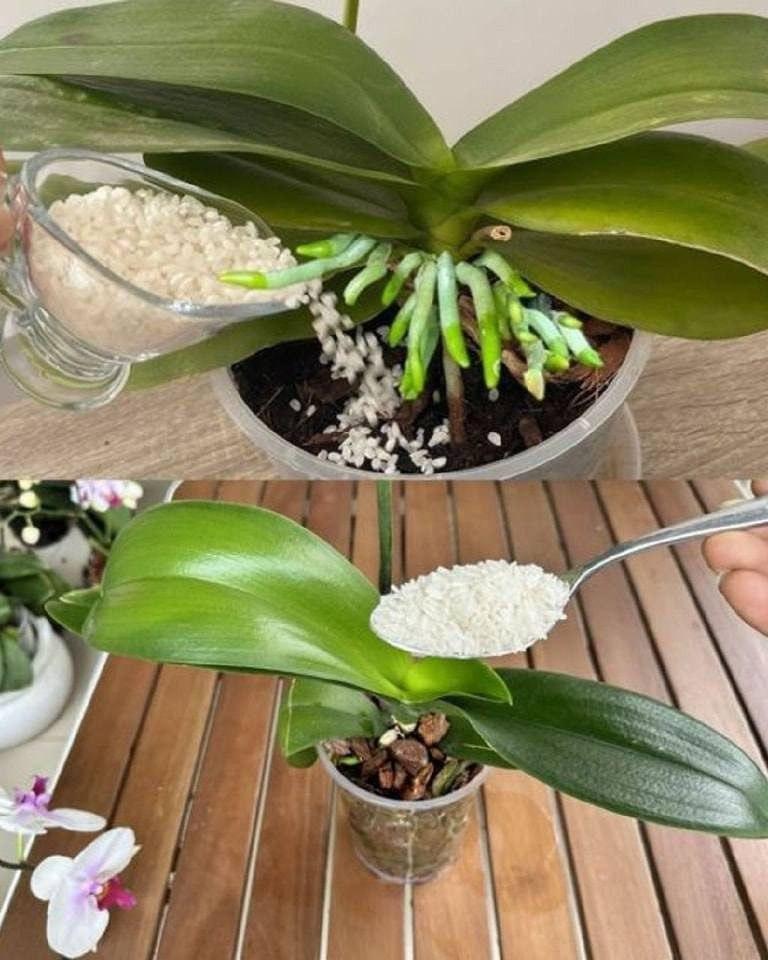ADVERTISEMENT
**Fertilize Your Orchid So It Blooms Profusely and for a Long Time!**
Orchids are among the most beloved and exquisite flowering plants in the world. Known for their vibrant colors, intricate shapes, and graceful appearance, these tropical beauties have a special place in the hearts of gardeners and plant enthusiasts. However, as stunning as orchids are, they can be somewhat finicky when it comes to their care. One of the key factors that determine whether an orchid will bloom beautifully and for an extended period is proper fertilization. In this article, we’ll explore the role of fertilizer in orchid care and how to use it effectively to encourage long-lasting, abundant blooms.
### The Importance of Fertilizing Orchids
Like any plant, orchids need a balanced combination of nutrients to grow and thrive. These nutrients come primarily from the soil, but if the soil is depleted, or the orchid is growing in a non-soil medium (such as bark, moss, or coconut husk), it won’t be able to access the nutrients it requires. That’s where fertilizers come into play. Fertilizer helps replenish the essential minerals and nutrients that orchids need for healthy root development, lush foliage, and most importantly, abundant and long-lasting flowers.
Orchids are relatively low-maintenance plants, but their specific nutrient requirements can vary based on the species. Phalaenopsis, Cattleya, Dendrobium, and Oncidium orchids, for example, have different feeding needs. However, most orchids will benefit from a good fertilizing routine that promotes vigorous growth and flowering.
### Understanding Orchid Fertilizer
Orchid fertilizers come in many different formulations, including liquid, granular, slow-release, and organic options. When selecting a fertilizer for your orchid, it’s essential to choose one that’s specifically designed for orchids, as their nutrient needs differ from other common houseplants. Orchid fertilizers are often formulated with a higher ratio of nitrogen (for foliage growth), phosphorus (for root development and flower production), and potassium (for overall plant health and bloom longevity).
A typical orchid fertilizer may have an N-P-K ratio such as 30-10-10 or 10-30-20, where:
– **Nitrogen (N)** promotes healthy leaf and stem growth.
– **Phosphorus (P)** supports root development and flower production.
– **Potassium (K)** helps the plant remain strong and healthy while improving resistance to diseases.
For Complete Cooking STEPS Please Head On Over To Next Page Or Open button (>) and don’t forget to SHARE with your Facebook friends
